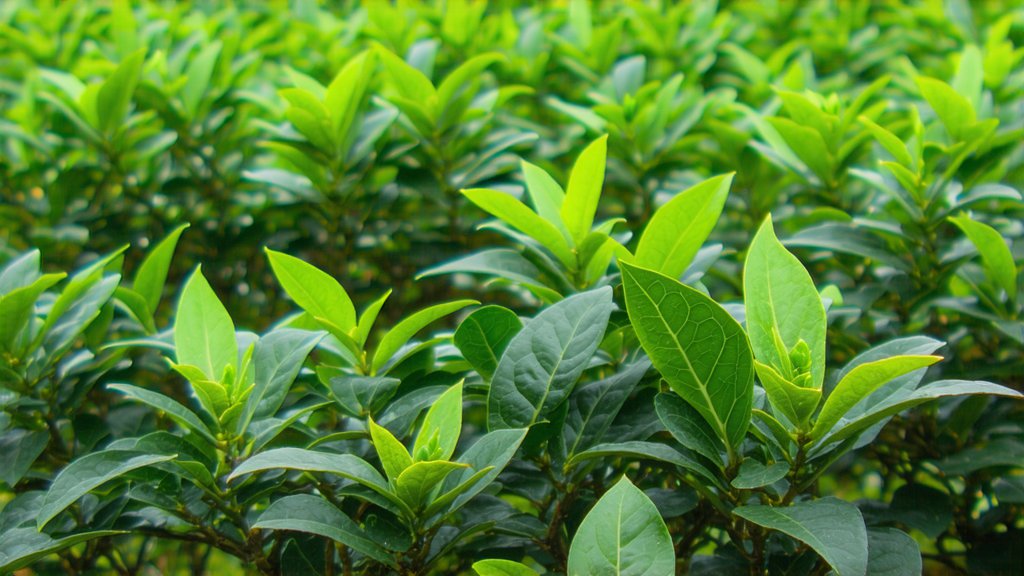
Nestled within the lush landscapes of Zhejiang province, China, lies a gem that has captivated tea enthusiasts for centuries – Longjing tea, also known as Dragon Well tea. This exquisite green tea is not merely a beverage; it is an embodiment of history, tradition, and artistry. As we embark on this journey to explore the depths of Longjing tea, let us delve into its rich heritage, diverse varieties, intricate production methods, and the art of its appreciation.
History: A Legacy Brewed in Time
Longjing tea traces its roots back over a thousand years, with its origins intertwined with the annals of Chinese dynastic history. Legend has it that during the Tang Dynasty (618-907 AD), Emperor Xuanzong discovered this remarkable tea during one of his sojourns near West Lake in Hangzhou. Entranced by its delicate flavor and aroma, he decreed it as the imperial tribute tea. Over subsequent centuries, Longjing tea evolved, gaining prominence during the Qing Dynasty when it became synonymous with the finest quality green tea produced in China.
Varieties: A Symphony of Flavors
Longjing tea comes in several distinct grades, each offering a unique profile that caters to diverse palates. The highest grade, known as "Xi Hu Long Jing" (West Lake Dragon Well), hails from the picturesque West Lake region and boasts a sweet, nutty flavor with a lingering aftertaste. Next in line is "Qiantang Long Jing," which is grown along the banks of the Qiantang River and exhibits a more robust taste with hints of chestnut. Lastly, "Yue Fei Long Jing" from Yuhang District presents a balance between the two, showcasing both sweetness and a subtle bitterness.
The Art of Craftsmanship: From Leaf to Cup
The magic of Longjing tea lies in its meticulous craftsmanship, a process that transforms fresh leaves into a treasured brew. Harvested in early spring when the first buds and leaves are just sprouting, the picking process demands precision and care. Only the tenderest shoots, typically comprising one bud and two leaves, are selected.
Following harvesting, the leaves undergo a series of steps to preserve their natural essence. Firstly, they are sun-dried or air-dried to remove excess moisture. Then comes the heart of the process – the pan-frying technique. In large woks heated to high temperatures, skilled artisans toss and stir the leaves constantly. This not only halts oxidation but also imparts a distinctive flat shape to the dried leaves, reminiscent of dragon scales. The final touch involves roasting over charcoal fires, enhancing the tea's aroma while ensuring a crisp finish.
Savoring the Essence: An Artful Appreciation
To truly appreciate Longjing tea, one must engage in the ritualistic practice of Gongfu Cha, or 'the way of tea.' Begin by warming the teapot and cups with hot water to enhance the aroma. Place approximately 3 grams of loose leaves per 150ml of water into the pot. Use water heated to around 80°C (176°F) to avoid scalding the delicate leaves. Steep for about 1-2 minutes, allowing the flavors to unfurl gradually.
Pour the brewed tea into a fairness cup to ensure even distribution before serving into smaller tasting cups. Observe the pale yellow-green hue of the liquor, a testament to its purity. As you bring the cup to your nose, inhale deeply to capture the subtle floral notes and toasty undertones. Take a gentle sip, letting the liquid roll over your tongue, savoring the sweetness that follows. Notice how the tea's complexity unfolds with each sip, leaving a refreshing aftertaste that lingers long after the cup is empty.
In conclusion, Longjing tea stands as a testament to China's profound tea heritage, a symbol of elegance and refinement. Its history, diverse varieties, intricate production process, and the meditative act of its consumption offer a window into the soul of Chinese tea culture. For those seeking a journey through time and taste, Longjing tea beckons with open arms, promising an experience that transcends the ordinary and touches the extraordinary.